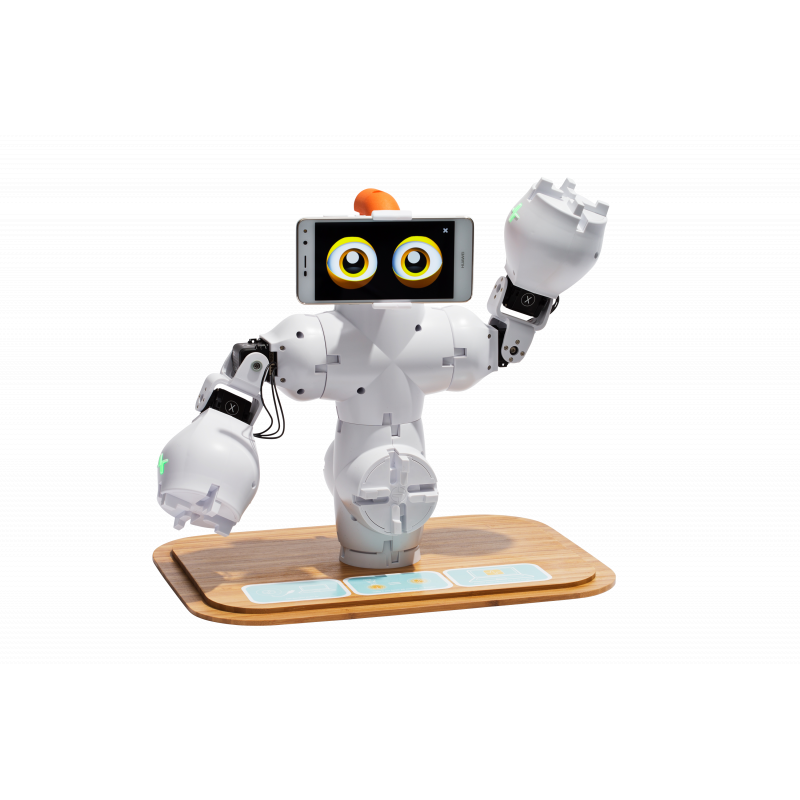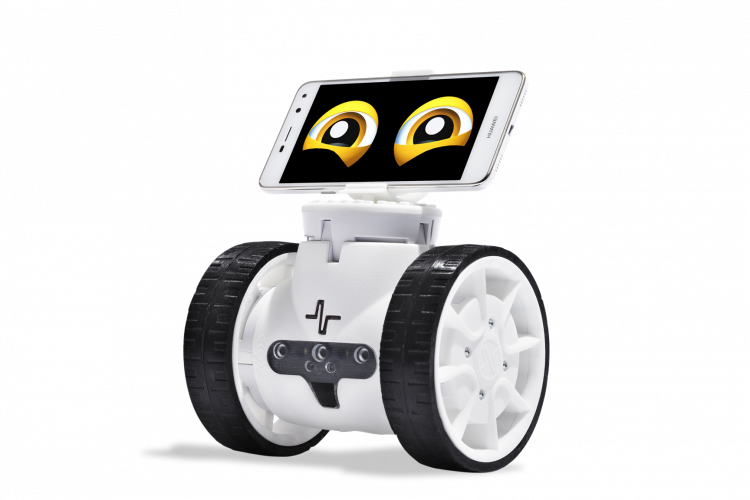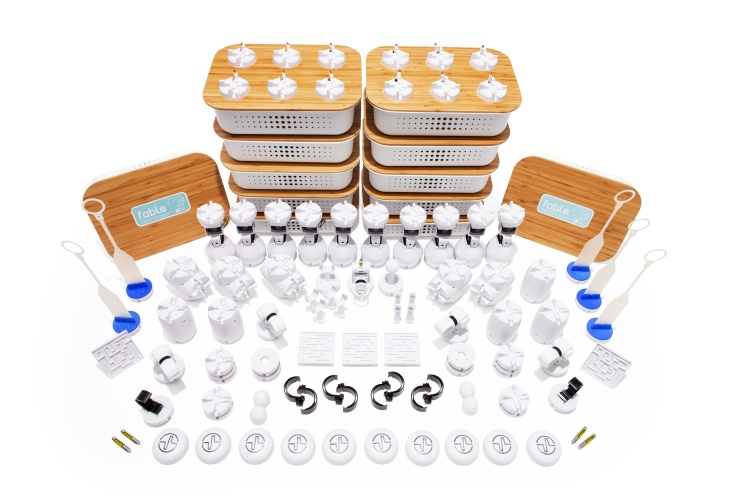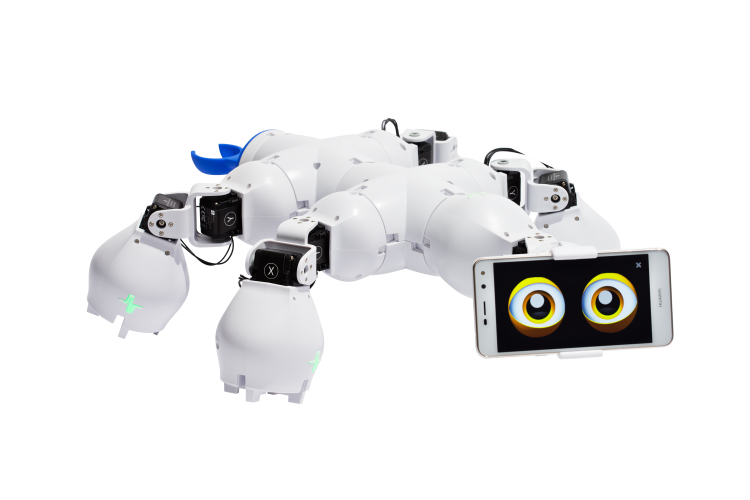Can analyse problems in computational terms, and have repeated practical experience of writing computer programs in order to solve such problems.
Understand what algorithms are; how they are implemented as programs on digital devices; and that programs execute by following precise and unambiguous instructions.
Create and debug simple programs.
Use logical reasoning to predict the behaviour of simple programs.
Use sequence, selection, and repetition in programs; work with variables and various forms of input and output.
MS-PS2-2. Plan an investigation to provide evidence that the change in an object’s motion depends on the sum of the forces on the object and the mass of the object.
K-2-ETS1-1. Ask questions, make observations, and gather information about a situation people want to change to define a simple problem that can be solved through the development of a new or improved object or tool.
K-2-ETS1-2. Develop a simple sketch, drawing, or physical model to illustrate how the shape of an object helps it function as needed to solve a given problem.
K-2-ETS1-3. Analyze data from tests of two objects designed to solve the same problem to compare the strengths and weaknesses of how each performs.
4-PS3-1. Use evidence to construct an explanation relating the speed of an object to the energy of that object.
Can understand and apply the fundamental principles and concepts of computer science, including abstraction, logic, algorithms and data representation.
3-5-ETS1-3. Plan and carry out fair tests in which variables are controlled and failure points are considered to identify aspects of a model or prototype that can be improved.
Create programs that use variables to store and modify data.
Design and develop computational artifacts working in team roles using collaborative tools.
Develop and apply their analytic, problem-solving, design, and computational thinking skills.
Develop their capability, creativity and knowledge in computer science, digital media and information technology.
Debug (identify and fix) errors in an algorithm or program that includes sequences and simple loops.
Design and iteratively develop programs that combine control structures, including nested loops and compound conditionals.
Develop plans that describe a program’s sequence of events, goals, and expected outcomes.
Develop programs with sequences and simple loops, to express ideas or address a problem.
Take on varying roles, with teacher guidance, when collaborating with peers during the design, implementation, and review stages of program development.
Systematically test and refine programs using a range of test cases.
Create programs that include sequences, events, loops, and conditionals.
Test and debug (identify and fix errors) a program or algorithm to ensure it runs as intended.
Select from and use a wide range of materials and components, including construction materials, textiles and ingredients, according to their characteristics explore and evaluate a range of existing products.
Use research and develop design criteria to inform the design of innovative, functional, appealing products that are fit for purpose, aimed at particular individuals or groups.
Generate, develop, model and communicate their ideas through discussion, annotated sketches, cross-sectional and exploded diagrams, prototypes, pattern pieces and computer-aided design.
Select from and use a wider range of materials and components, including construction materials, textiles and ingredients, according to their functional properties and aesthetic qualities.
Generate, develop, model and communicate their ideas through talking, drawing, templates, mock-ups and, where appropriate, information and communication technology.
Understand and use mechanical systems in their products [for example, gears, pulleys, cams, levers and linkages].
Understand and use electrical systems in their products [for example, series circuits incorporating switches, bulbs, buzzers and motors].
Apply their understanding of computing to program, monitor and control their products.
Investigate new and emerging technologies.
Can evaluate and apply information technology, including new or unfamiliar technologies, analytically to solve problems.
Recognise common uses of information technology beyond school.
Design, write and debug programs that accomplish specific goals, including controlling or simulating physical systems; solve problems by decomposing them into smaller parts.
Use logical reasoning to explain how some simple algorithms work and to detect and correct errors in algorithms and programs.
Select, use and combine a variety of software (including internet services) on a range of digital devices to design and create a range of programs, systems and content that accomplish given goals, including collecting, analysing, evaluating and presenting data and information.
Learn to analyse problems in computational terms
Design and develop modular programs that use procedures or functions.
Design, use and evaluate computational abstractions that model the state and behaviour of real-world problems and physical systems.
Use logical reasoning to compare the utility of alternative algorithms for the same problem.
Use two or more programming languages, at least one of which is textual, to solve a variety of computational problems.








User reviews for Fable
You need to log in to post a review.